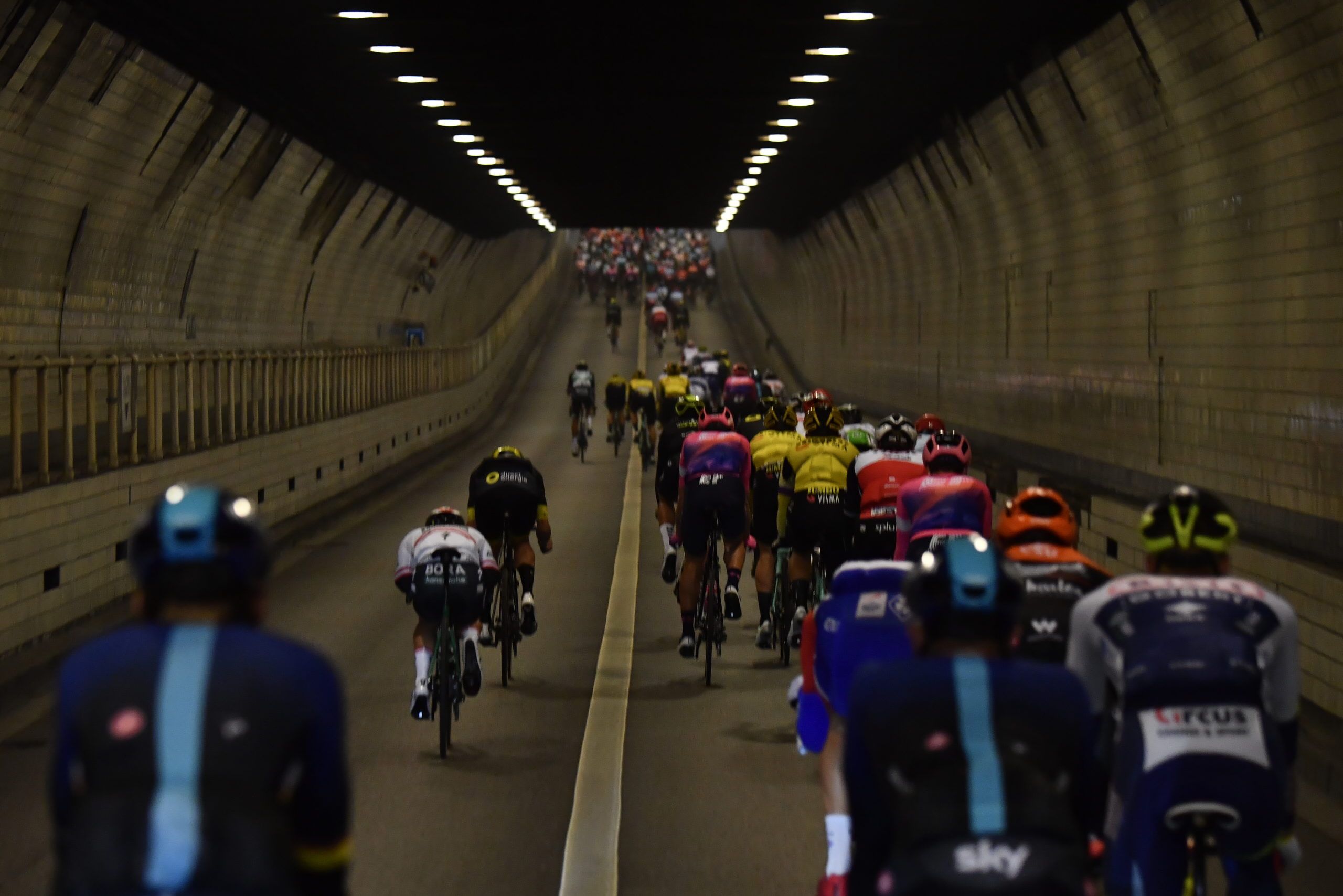
Antwerp’s ‘rabbit’s burrow’ tunnel gets technical brushup

An image with a pack of riders in action in the Waaslandtunnel right after the start of the 103rd edition of the ‘Tour of Flanders’ cycling race gives a good idea why the tunnel is called the ‘rabbit’s borrow’ /Belga
February 22nd, a contractor will start works at Antwerp's oldest tunnel under the River Scheldt, the 'Waasland Tunnel', often called the 'ra


Comments
Ready to join the conversation?
You must be an active subscriber to leave a comment.
Subscribe Today